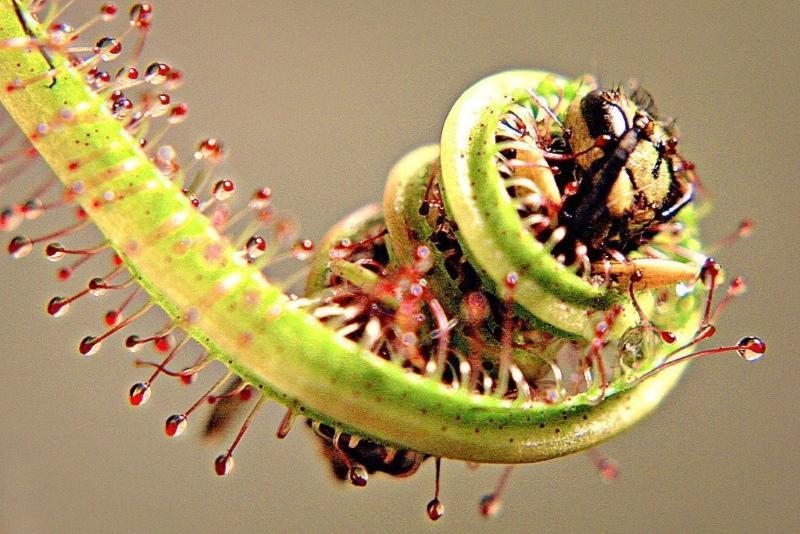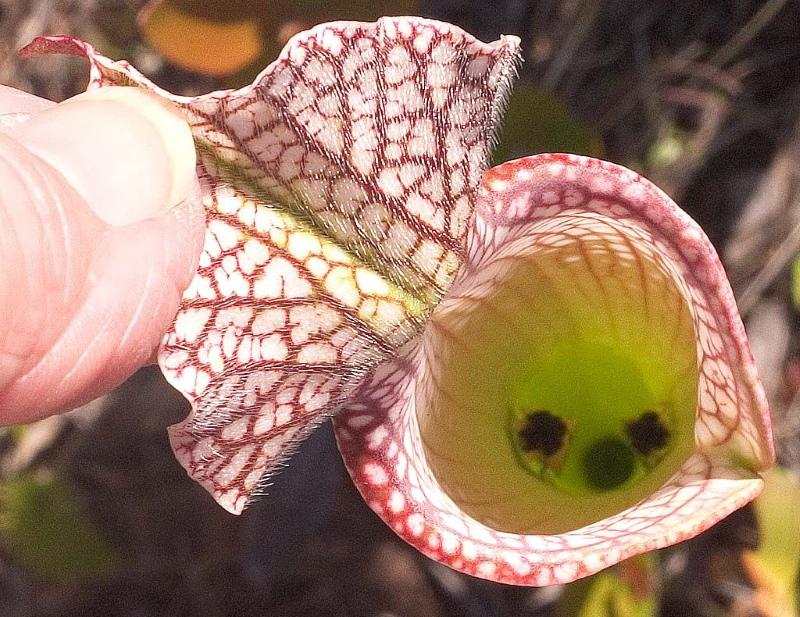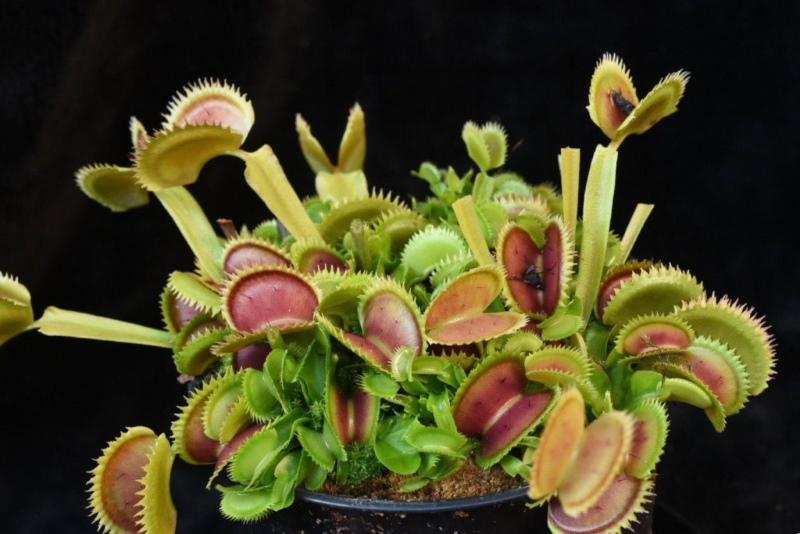Plants are predators - photos and names of unusual insectivorous crops
 Their beautiful and bright appearance is not intended to delight the grower at all, but to lure the victim in the form of insects. Unlike most flowers that get food from the soil, these specimens are insectivorous. Before you are predatory plants, photos and names of which are unknown to most of us, but will be no less interesting. Who are they and what made them switch to protein foods?
Their beautiful and bright appearance is not intended to delight the grower at all, but to lure the victim in the form of insects. Unlike most flowers that get food from the soil, these specimens are insectivorous. Before you are predatory plants, photos and names of which are unknown to most of us, but will be no less interesting. Who are they and what made them switch to protein foods?
Characteristics of carnivorous plants

Many carnivorous plants can grow at home as well. But caring for them is radically different. Instead of mineral fertilizers, you will have to literally feed your unusual pets, catching insects for them.
Plants predators - photos and names
Some of the most famous carnivorous plants are beautiful, but dangerous for their victims:
- Venus flytrap. A compact creeping bush with traps in the form of two halves of shells. The bright red interior of such a shell attracts prey. And when insects land in the center, they touch the hairs at the edges of the halves, and the trap slams shut.

- Sundew. Its traps are the leaves themselves, on which there are many long bright crimson hairs covered with sticky glue. When the victim sits down and sticks, the leaf begins to curl up, finishing off the insect. On the same hairs there are also glands that secrete enzymes that dissolve food, and they also absorb it.

- Sarracenia. Her trap is a flower - a very large and beautiful long jug, over which there is a kind of lid. The pitcher is filled with digestive fluid, into which insects fall, rolling down the smooth walls of the flower. The color of the jug depends on the variety and can be white with a mesh pattern, red, lilac, pink.

- Nepentes... Another predator with a pitcher flower trap. But his jug is much larger and dangerous only when it releases slimy nectar under the lid itself, at the top. In nature, this happens when it rains.

- Zhiryanka. A beautiful small bush with round leaves folded in the form of a rose. They can be green or pink, but the main secret of the fat is in the sticky glands on the leaves. They produce mucus on which the insect sticks. As well as enzymes that digest prey.
